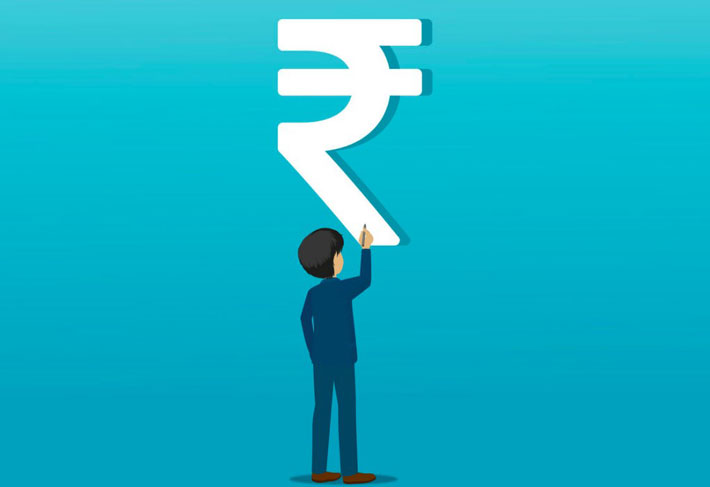Credit Card Payments Via EMI – Is It A Good Idea?

One of the most common options for people who find it difficult to pay their entire credit card outstanding bill on time is to convert their credit card payments into Equated Monthly Instalments (EMI).
But is this a good idea or comes with some strings attached to it?
In this blog, we will explore everything that you need to know about credit card payments via EMI, including how does it work when to use this option and more.
What Is Credit Card EMI?
Whenever you purchase your credit card, you can make its payment by any of the following ways-
● Paying in full dues on the card on or before the due date
● Making a part payment on total outstanding and paying interest on the unpaid amount till it is repaid
● Paying the outstanding amount in EMIs
The last option is when the total amount due on the card can be paid back to the credit card company in equal parts. Best instant approval credit cards in India gives the option of EMI on a credit card which typically works like a loan, wherein you enjoy the option to pay off the outstanding amount in equated monthly instalments during the pre-decided tenure.
The bank issuing the credit card usually specifies the conditions that only specific purchases of certain threshold amount from select stores would be eligible to avail the EMI benefit.
Although the credit card EMI option is generally available at the time of making purchases, some banks also offer this facility even at a later date or on outstanding dues on the card.
How EMIs Affect Your Credit Card
If you avail the option of EMIs on your credit card, you will have a lower credit limit, as the bank will reduce your limit by the amount of your EMI.
Additionally, your minimum payment due every month will also be higher, by the amount of your EMI. It is, therefore, best to settle the outstanding amount, including your EMI, in full every month.
Types Of Credit Card EMI Payment
Typically, there are 2 types of credit card EMI payments available to users. These are –
EMI with interest
Most of the credit card EMI options carry an interest rate which is generally lower than the normal interest rate on the credit card.
The EMI here is made up of two-variable component-
a. Principal amount
b. Interest rate
Let’s understand this with an example.
If you make a purchase for Rs. 20,000 on your ICICI credit card and want to know how to convert credit card payment to EMI in ICICI, the process will work like this-
For EMI option at a monthly rate of 1.5% over 6 months, the ICICI bank will first calculate the total outstanding amount, which will then be broken down into equal payments over 6 months, consisting of principal and interest components.
The interest component is generally higher in initial years and starts reducing over the years. In comparison, the principal amount is lower in the initial years and starts increasing over the years.
Interest-free EMI
The other option is to avail an interest-free EMI option that is available on certain purchases.
For instance, If you make a purchase on your credit card for Rs. 20,000 and opt for a 6 month EMI, the bank will convert the amount into six monthly payments of Rs. 3,333 each.
However, this will be offered as a short-duration promotional offer where the bank will not charge any interest.
While availing this option, you must evaluate and check if the discount offered on the product is taken away when you opt for EMI option. For instance, a product worth Rs.30,000 may be available for Rs. 27,000 without the EMI option.
In both the above cases, the bank charges a one-time processing fee which is usually a percentage based on the transaction amount that varies from bank to bank.
Downsides Of Availing EMI Option On Credit Card Dues
If you opt for an EMI facility in credit card, the EMI amount will get reflected on your monthly credit card bills along with your other dues.
In case you fail to pay your credit card dues in any month, you will be charged a huge interest ranging anywhere between 24%-36% for non-payment.
Apart from this, there will also be an interest charged on your EMI amount, which already carries the basic interest of the EMI facility, thus doubling your debt.
How To Make A Decision Then?
While making the credit card purchase and using EMI facility, the customer generally gets an impression that the amount being repaid is being treated as a separate loan and once the EMI begins, they can use the entire card limit again.
But this is not true.
Till the time you pay your EMI dues, your credit limit will be reduced by an amount equal to your total EMI amount and you will only be allowed to use the remaining limit from the credit card.
In case you wish to repay the entire outstanding at one go, you will be charged a prepayment penalty ranging anywhere between 1%-5% on the total outstanding.
The ideal option you have in this scenario is-
● When you make a big purchase and need more than three months to repay the dues on the card, opt for EMIs
● If you need less than three months to pay your balances, then it is better to avoid EMIs, as revolving credit can quickly make your debt go out of control.
To Wrap
Whether you need to but the latest smartphone model or wish to upgrade your home accessories, you no longer have to wait for extra cash to come in to fulfil your wish list.
Equated Monthly Instalments or EMIs on credit cards makes it easy for users to access an easy line of credit for purchasing high-ticket items as and when the need arises.
However, to take the full advantage of credit card EMI facility, it requires a certain discipline in your spending habits and smart financial management of personal expenses. If you make sure to be timely with your payments, thoroughly understand the terms and conditions, and know all the charges associated with the conversion, credit card EMIs can be a great option to consider.










